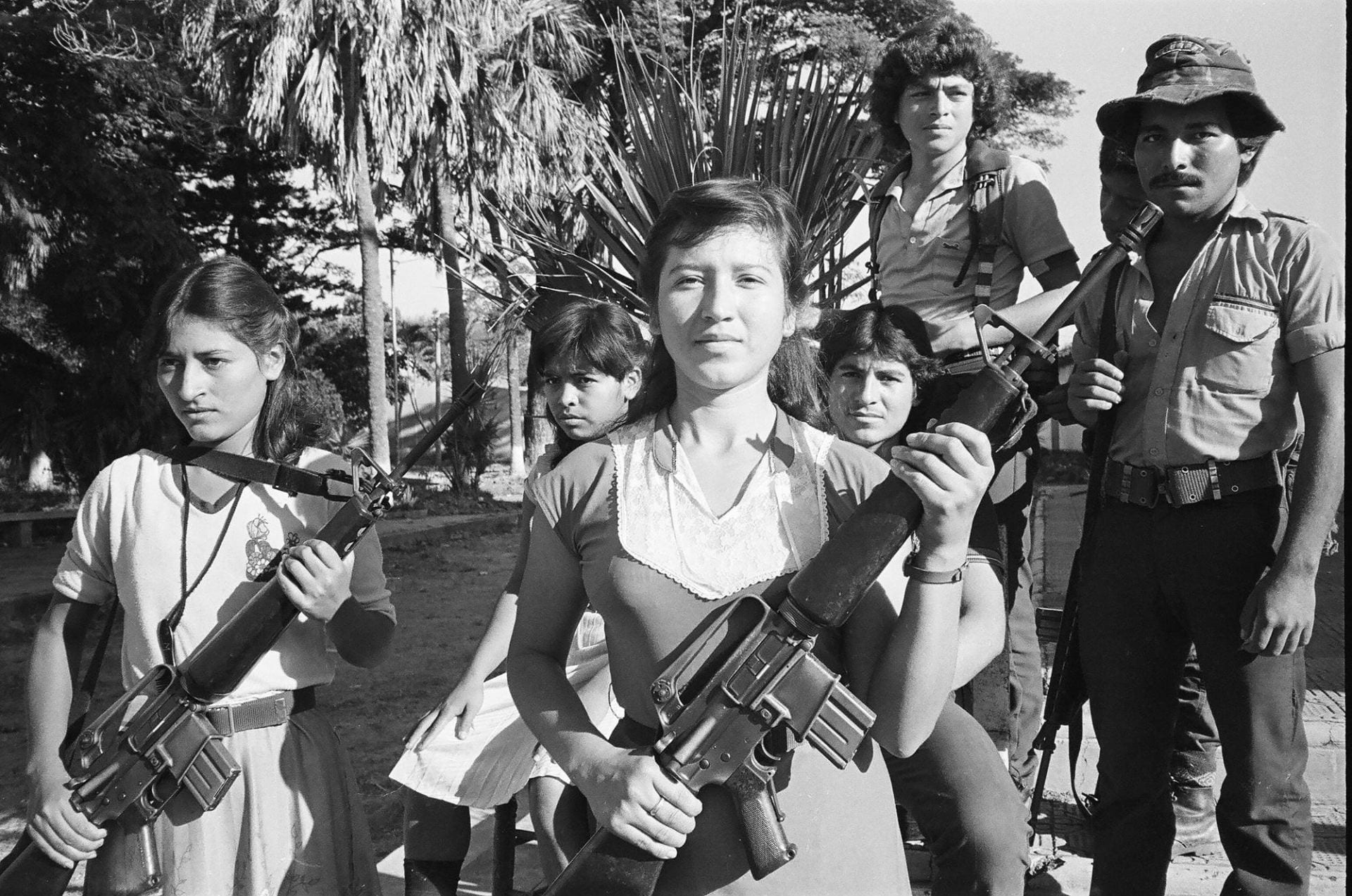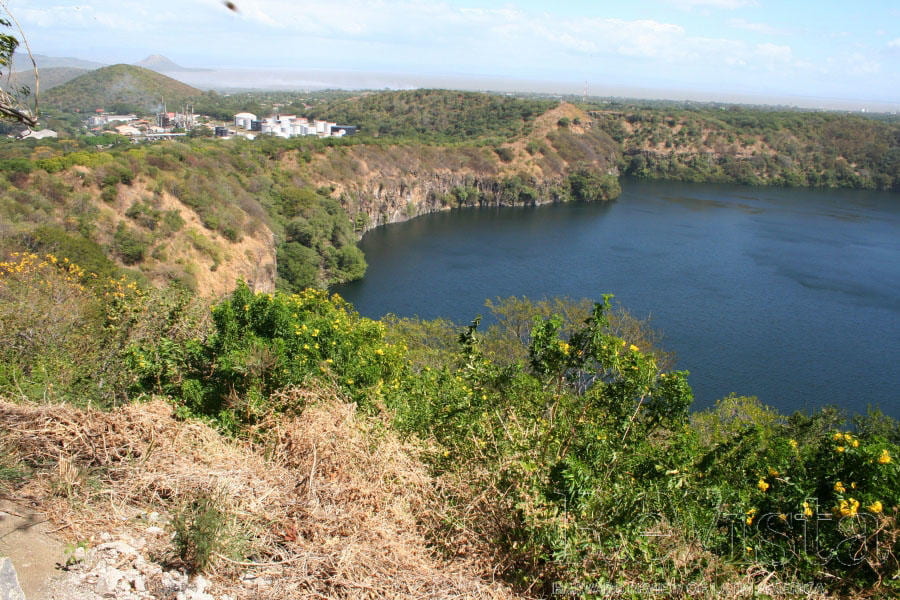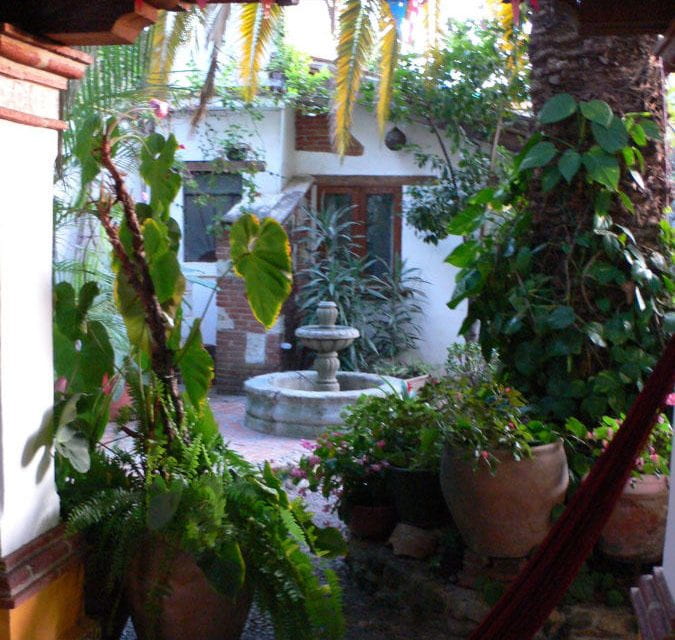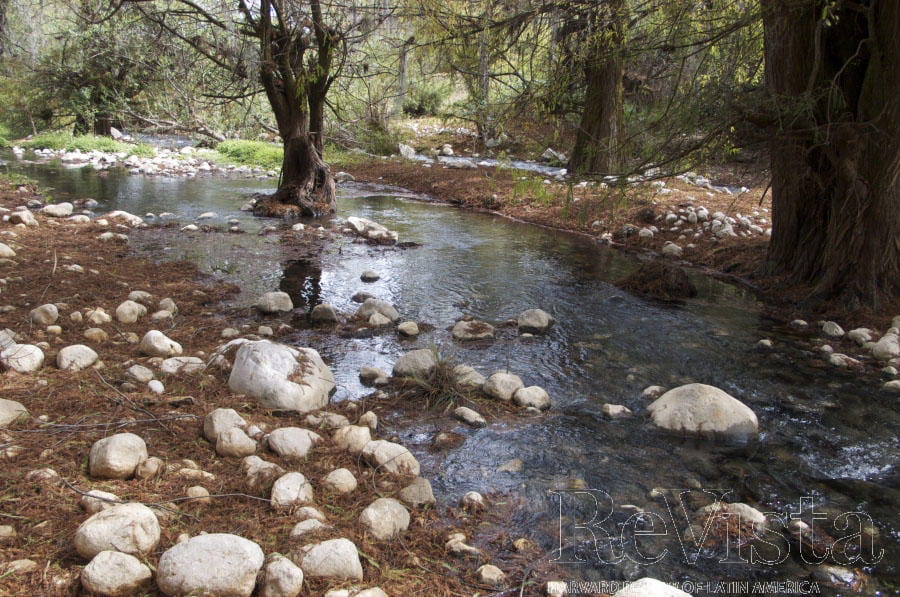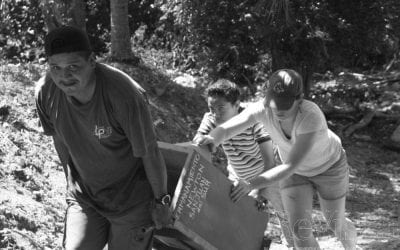Water in Oaxaca, Mexico
Beyond Paradise
The story of water in Oaxaca, Mexico, a picturesque place that draws international tourism, illustrates Mexican, Central American and worldwide water problems.
Increasing population with ever higher demands for water, more cement constructions and paved streets, cutting down of forests, water pollution, a lack of water treatment plants and water infrastructure, a lack of environmental laws and law enforcement, and the illegal drilling of wells are just some of the most pressing problems.
Oaxaca city, the capital of the state of Oaxaca in southern Mexico, boasts a well-preserved colonial-style district with many hotels and restaurants, shops, museums, plazas and churches. Historical buildings, hotels and private homes are usually centered around courtyards, decorated with lush tropical plants and bubbling fountains.
Water in Oaxaca used to be plentiful. The city is located in a valley surrounded by mountains. Two major rivers were flowing through the valley, the Atoyac and the Jalatlaco. The latter—I was told by our innkeeper in the neighborhood of Jalatlaco—was severely contaminated in the mid-19th century by a flourishing leather industry. What’s left of this river now flows underground. It has been paved over. Where there once was a river, where people bathed and washed their clothes, there is now a busy street. Some of the side streets of the neighborhood are still paved with stones from the lost river.
The Atoyac River used to be wide, but its flow has shrunk to a narrow band of mostly contaminated water, and at times and places, the riverbed dries out completely.
Our B&B Encanto receives water from the city weekly, sometimes only every ten days. The water is stored in an underground cistern. When the inn runs out of water, the owners must buy very expensive water from water trucks.
In the colonial period, Oaxaca city was supplied by an aqueduct that brought water from the mountain called “San Felipe del Agua” to the valley; however, the aqueduct fell into disrepair, with no modern piping system to take its place.
Water for Oaxaca City mainly comes from Etla, a town about 17 miles away.
My taxi driver told me that people in Etla are opposed to selling their water to Oaxaca. They stage protests and sometimes succeed in cutting off pipes leading to the city. Water also comes to Oaxaca by trucks from other villages. Villagers, however, are reluctant to let go of their water, even if the prices for water are increasing.
Locals told me that rainfall patterns have changed over the last 20 years. There are now more severe and longer periods of drought; conversely, if rain falls at all, it pours down heavily, causing damaging run-offs and floods. As of today, water from heavy rainfall cannot be captured and is lost to the community.
Paved streets and urban sprawl, illegal wells, and increasing demands for water cause the groundwater table to fall. Forests have been cut down and cannot hold the water in the ground. Instead, flash floods rip through, causing damage.
An increase in sewage, traffic, throw-away products, and urban extension contaminate much of what is left of the life-giving water here in Oaxaca City—a seemingly paradisiacal place, colorful and cheerful, where lush gardens with exotic flowers invite visitors to relax while listening to the soothing sounds of gurgling fountains.
Related Articles
First Take: The Political Geography of Water In a Changing Brazil
“One must begin with water,” wrote the historian Fernand Braudel, because the provision of water services is one of the foundations for civilization. People and societies want protection from floods and droughts; they want water to drink, to irrigate their crops and to produce clean energy. Brazil is a case in point for how one country has used water as a platform for economic development, …
El Líquido Vital
In global terms, ours is the troubled century of water. Expanding populations, extreme climatic events, and threatened or contested sources of “the vital liquid” are guaranteed to cause more crises—even regional conflicts—in the coming decades. But let us tighten the focus to the strip of land in Nicaragua between the Pacific and Lake Nicaragua, south of Rivas all the way to the Costa Rican border …
Cooperative Sanitation in Brazil’s Favelas
Many of us who live in the developed world and in urban areas in the developing world would have a hard time imagining what it would be like to live in an area with open sewers, or no formal sewer facilities whatsoever. And yet, according to the WHO/UNICEF Joint Monitoring Programme for Water Supply and Sanitation (JPM), an estimated 2.5 billion people worldwide did not have access to improved sanitation…
